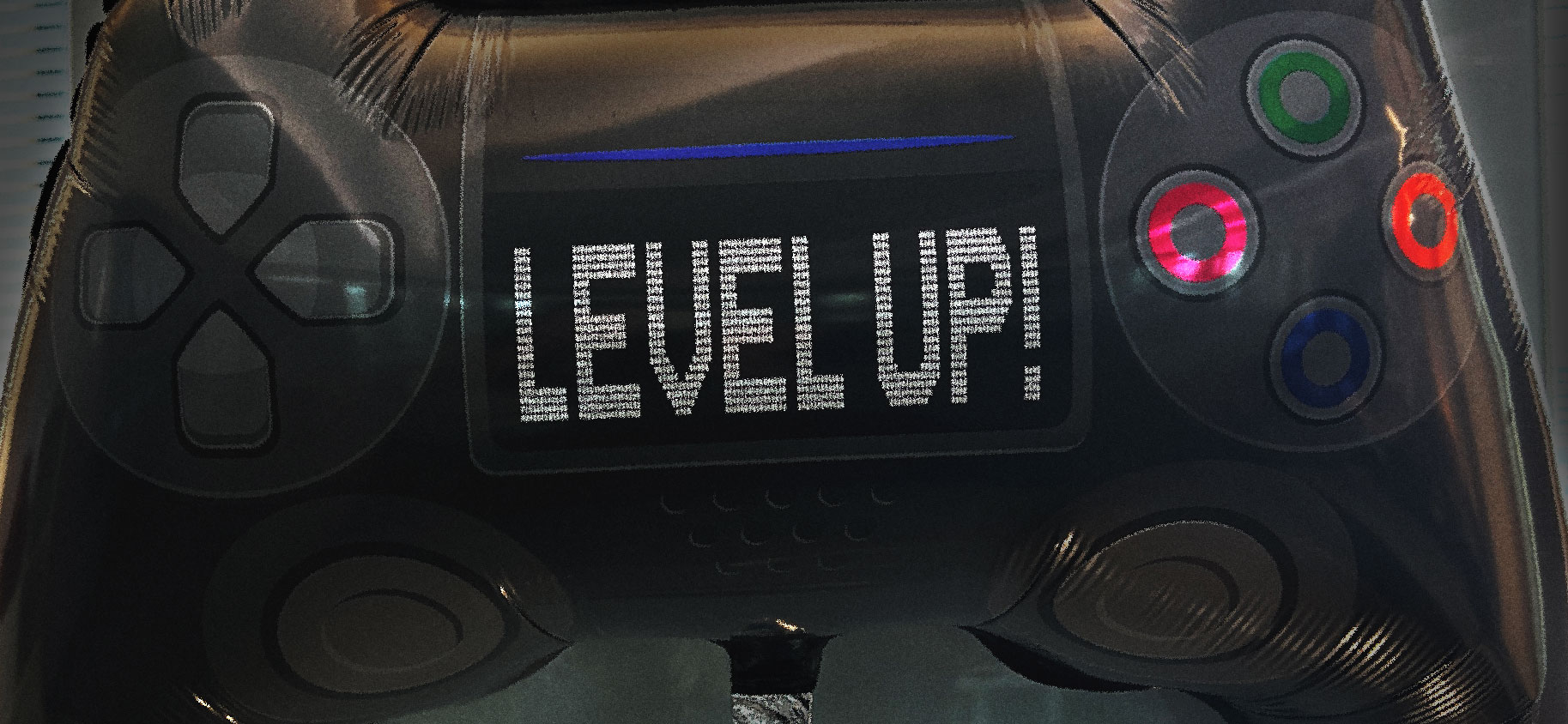
Final Three: Brainstorming 101 – From Idea Juice to the Best Possible Game Design
When we began to make our current game project, everything started with a brainstorming session. This is the first big step in the game development process at Supercell, and the teams here go about it in a way that is true to our values. When brainstorming, it is essential to remember that we should not be too critical of the ideas that we present, and the brainstormers should not overthink too much.

As long as our board of digital post-it notes gets filled with something seemingly reasonable, we are off to a great start. It is also helpful if the group of brainstormers comes from diverse backgrounds. This usually makes the ideas more diverse and brings up different perspectives. Together with the levels of responsibility and freedom that we spoke about last time, this diversity makes brainstorming a great time for the team to explore new ideas and try things out.
When the board is full of ideas, it is time to dissect! This stage of the process requires lots of diligence and attention to detail. One by one, we take every idea on the board and think about its aspects. What is good about it, and what could be improved. We also think if it is possible to implement the idea in practice and the best way to do it.
Sometimes we have ideas that seem really cool on the surface, but that would probably not work out in the long term. It is easy to get excited about fresh ideas. Still, we need to analyze the root factors that make the idea seem enjoyable. It is not enough that the idea just sounds fun, but we should be able to think of the actual reasons why the idea seems good. Above all, we have to be honest with ourselves and ask, "is this something that our players would like?"
For example, in the beginning, we got excited about one possible theme for our game, where we had “surprisingly sympathetic nightmare monsters”, which then turned into “medieval fantasy where you played as the baddies.” However, with enough baddies in today’s world, we felt like doing something more positive and friendly. We decided to scrap the idea, but we brought over some key factors that made the concept really cool for our current theme for our playable. In an iterative process, even the whole genre of the game can change, sometimes more than once. As long as you feel like you are making progress with the iterations, scrapping previous work does not feel like wasted time, as something good came out of it.
By iterating this process of inspecting ideas more closely, we can distill the greatness out of the “idea juice,” and we are left with a concentrate of the best possible thoughts from our team. The time spent on scrapped ideas is far from wasted – we always learned something and hopefully managed to bring the most important aspects of the concept to the next iteration. As long as the whole team stays on the same page and pulls the same rope, it’s full steam ahead!
Developing the game further based on feedback and external ideas
In game development, you usually get ideas and suggestions from external sources, too, like from the fans of your game. These suggestions can be worthwhile to explore, but it is easy to get conflicted and lost in the sea of contradictory ideas when different people want different things. A suggestion may sound like a good addition when thought about in a vacuum, but implementing it might actually cause problems on a bigger scale. A game is, after all, a web of details interacting with one another.
For example, some balance changes might sound easy and good on the surface level but might create new problems. If one character seems underpowered, you might want to buff it. But if that said character is a good counter for another character, the other character might become too weak after you buff its counter. So, for this reason, you also buff the other character, which in turn turns too overpowered against some other characters, and so on.
There is also an aspect of different play styles and skill levels. A character might be considered bad among many because, for example, their damage requires precise aiming, and they have a very low health pool. For this reason, the players who don’t watch their steps might perish quickly in sticky situations. Supercell’s games are for everyone, and hence having a mixed set of different strategies for play is very important.
Standing on the shoulders of giants
In the end, the developers know their project the best as a whole, at least from the perspective of what features might work and which ones probably won’t. For that reason, the developers need to filter out the best and most fun features that work also in practice and just not on paper. Devs, however, are usually not the best players, and for that reason listening to the feedback that comes from the players is also important.
For us, the help of our mentors has been really valuable. One time a Supercellian who had worked on the Brawl Stars team pointed out to us in a really early development phase of our playable that we would run into problems later on if we implemented the stairs in our game the way we did. It was something that we would have never thought about – especially at that point; it did not occur for us to give too much attention to a thing that seemed as mundane as stairs.
The problem, however, was something that their team had run into earlier on in their own project, and the developer remembered the amount of headache that was avoided by solving the issue. You need to think about things like is the player able to shoot downhill, whether the enemies are able to shoot back, and is this interaction balanced for both sides. Or how we could make it visually clear for the player that they are on different heights compared to the enemies.
For this reason, it is essential to share experiences between game teams so that we don’t have to make the same mistakes more than once. This saves a lot of time, sweat, and tears for us developers, for which we are really grateful.

